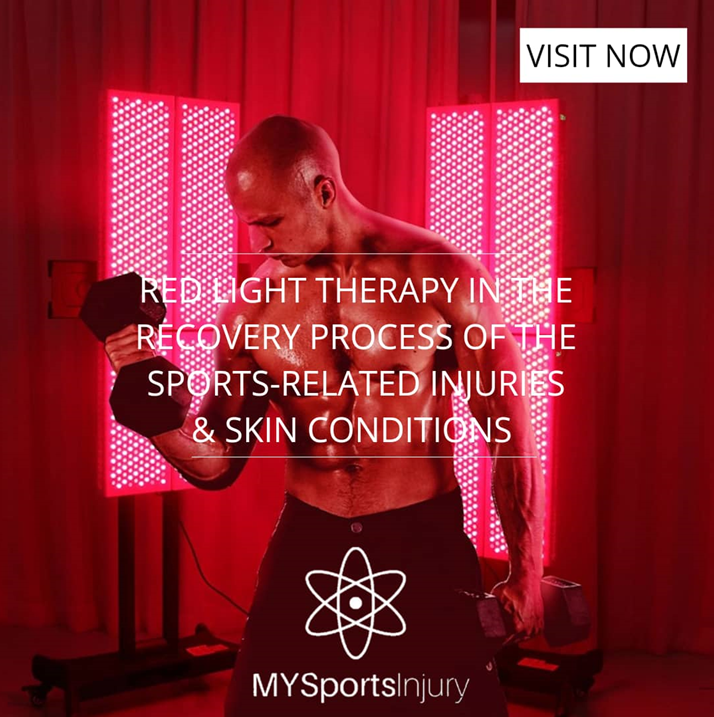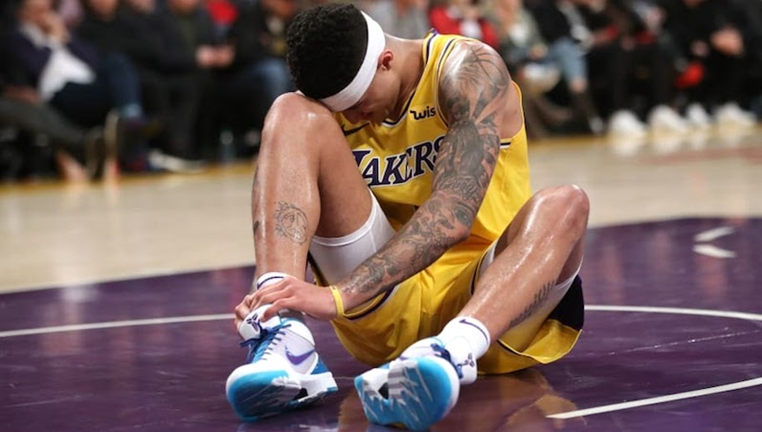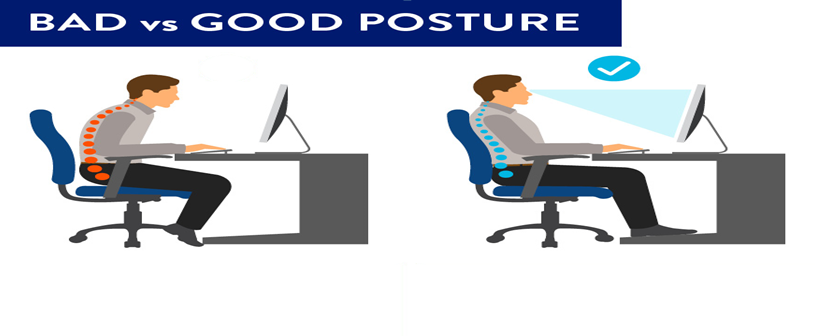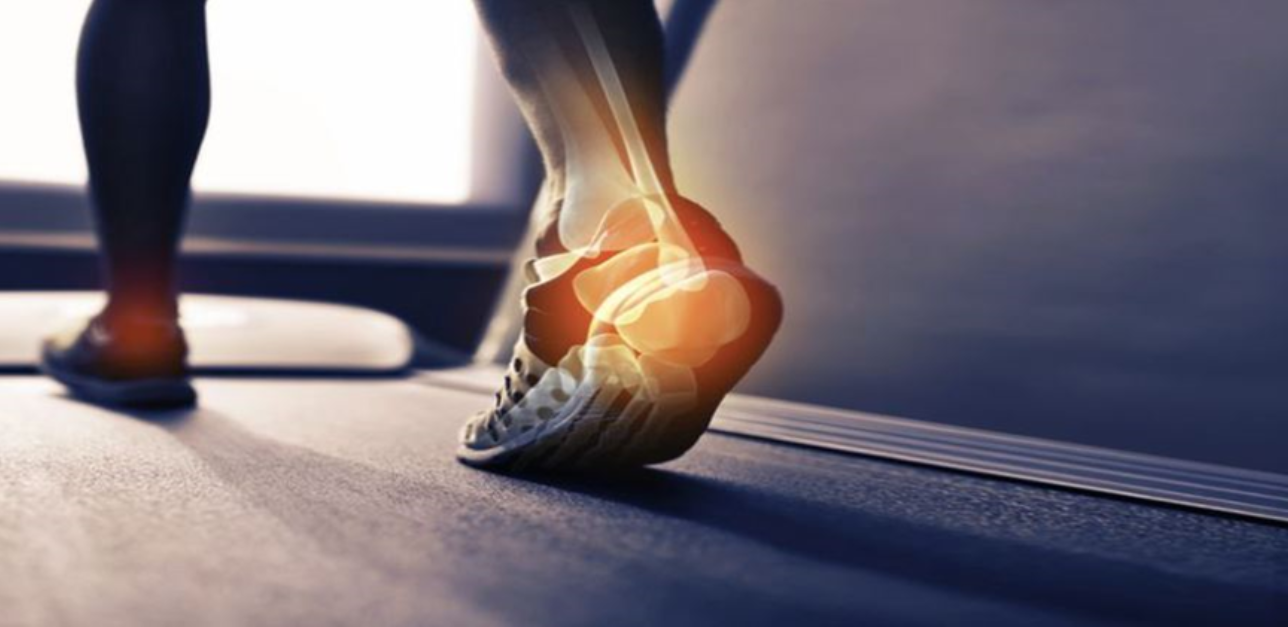THE MOST COMMON CAUSES OF
OSTEOARTHIRITIS AND THE PHYSICAL THERAPY EFFECTS OA.
ü
Can you tell me more about Knee
osteoarthritis?
The common clinical symptoms include getting pain over the knee joint gradually and worsening with activity, early morning stiffness, sweeling over the knee joint, pain following prolonged sitting or resting, crepitus/cracking sound with joint movement. The intensity of symptoms vary for individual and usually progress slowly.

ü What is the incidence of knee OA?
It is one of the most common disease worldwide. It mainly affect people over the age of 45.
· OA affects nearly 6% of all adults
· Nearly 13% women and 10% men 60 years and above have symptomatic knee osteoarthritis.
· Prevalence will continue to increase as life expectancy and obesity rises.(JW Michael et al 2010)
ü What are the causes of knee Osteoarthritis?
· Obesity
· Joint hypermobility
· Previous injury like fractures
· Immobilisation and loss of mobility
· Family history
· Congenital defects ( RM Siwiec et al 2019)
ü What will happen to my symptoms as time goes on?

ü How can a OA be diagnosed?
· X-ray: narrowing of joint space, bony spur
· Arthroscopy: to get a visual information about the damaged joint
· MRI: to get better image of cartilage and other structures to identify early abnormalities of the joint.

ü What can I do that will help me to live with osteoarthritis?
The very simple answer is Exercise, bracing and proper patient education or a surgery in the later stages.
Education:
Research shows that education can have significant effects on the function after knee OA.
· Regarding the condition
· Explaining pain
· Explaining long term management of OA
· Education regarding activity modification
· Role of weight loss
· Promote active, healthy lifestyle.
Exercise: (Rehabilitation options for the patients)
· Land-based exercises are ideal for most people and are strongly recommended. Aquatic exercise, stationary cycling, and walking are safe and effective activities that do not cause undue stress on the knee joint.
· Strength training: patients with knee OA commonly engage in strengthening their knee muscles, neglecting their hip muscles. But on assessment, its proven that patients are more prone to get hip muscle weakness and are more prone to increase the medial compartment loading on the knee joint. Research have proven that people with knee OA will benefit following hip strengthening.(Heddon et al 2021)

· Hydrotherapy: particularly helpful if pain is high and analgesia is not tolerated. It helps to build up strength and reduce stiffness around the knee joint in a non-weight bearing position .(LE Silvia et al 2008)
· Taping: to offload the joint similar to bracing
· Manual therapy: research have proven the effect of the mobilisation with movement, passive joint mobilisation and patellar joint mobilisation can effectively reduce knee pain and improve functionality.(G D Deyle et al 2005)
· Massage therapy: can be effective in reducing pain in some individuals
ü How is physiotherapy beneficial for knee Osteoarthritis?
Physical therapy can help to reduce pain, swelling, stiffness and can improve knee joint function. A combination of manual therapy and supervised exercises are proven to have functional benefits for patients with knee osteoarthritis. It can even help the patient to delay or prevent the need for the surgery. There is strong evidence to show short-term beneficial effects of exercise on pain and function. Delivery modes, including individual, group or home exercise are all effective, although therapist contact may improve benefits. Knee taping applied with the aim of realigning the patella and unloading soft tissues can reduce pain
ü What are the surgery options available for knee Osteoarthritis?
There are several surgery options for the treatment of knee OA
Ø Partial knee replacement, often called uni-compartmental knee replacement, involves replacing only one of the knee’s three “compartments”:
· The medial compartment refers to the inner knee (where a person’s knees touch when the legs are together).
· The lateral compartment refers to the outer knee.
· The patellofemoral compartment is at the front of the knee, where the patella (kneecap) meets the femur (thighbone).

Ø Knee osteotomy re-aligns the joint to shift more pressure onto the “good” side of the knee joint and reduce wear and tear on the bad side. The goal is to reduce pain and perhaps slow down the progression of knee osteoarthritis.
Ø Arthroscopic surgery requires only small incisions through which the surgeon inserts a very small video camera and surgical tools. During knee arthroscopy, a surgeon can make an assessment of joint degeneration due to arthritis.
Ø Cartilage repair and cartilage restoration.
REFERENCES
1. Hsu H, Siwiec RM. Knee Osteoarthritis.2019 Available from:https://www.ncbi.nlm.nih.gov/books/NBK507884/ (last accessed 28.2.2020)
2. ↑ rBioventus Stages of knee OA Available from: https://www.youtube.com/watch?v=BBqjltHNOrc&feature=youtu.be (last accessed 17.11.2019)
3. ↑ Jump up to:3.0 3.1 3.2 3.3 Michael JW, Schlüter-Brust KU, Eysel P. The epidemiology, etiology, diagnosis, and treatment of osteoarthritis of the knee. Deutsches Arzteblatt International. 2010 Mar;107(9):152.
4. ↑ Jennifer Reft. Knee Osteokinematics and Arthokinematics. Available from: http://www.youtube.com/watch?v=EyhiCvWER0Y [last accessed 07/12/2014]
5. ↑ Brukner P, Clarsen B, et al. Brukner & Khan's Clinical sports medicine 5th edition. McGraw Hill Education; 2017; p777
6. ↑ Buckwalter JA, Mankin HJ, Grodzinsky AJ. Articular cartilage and osteoarthritis. Instructional Course Lectures-American Academy of Orthopaedic Surgeons. 2005;54:465.
7. ↑ Pearle AD, Warren RF, Rodeo SA. Basic science of articular cartilage and osteoarthritis. Clinics in sports medicine. 2005 Jan 1;24(1):1-2.
8. ↑ E. Schulte, et al., General anatomy and musculoskeletal system, Atlas of Anatomy, 2006: 372-373
9. ↑ Jump up to:9.0 9.1 9.2 RK Arya, Vijay Jain, Osteoarthritis of the knee joint: An overview, Journal Indian Academy of Clinical Medicine, 2013, 14(2): 154-62
10. ↑ Lespasio MJ, Piuzzi NS, Husni ME, Muschler GF, Guarino AJ, Mont MA. Knee osteoarthritis: a primer. The Permanente Journal. 2017;21.
11. ↑ Osteoarthritis Diagnosis Arthritis Foundation Available from: https://www.arthritis.org/about-arthritis/types/osteoarthritis/diagnosing.php (last accessed 17.11.2019)
12. ↑ Jump up to:12.0 12.1 12.2 Schlenk EA, Xiaojun Shi BS. Evidence based practices for osteoarthritis management. American Nurse Today 2019;14.
13. ↑ Jump up to:13.0 13.1 Collins NJ, Hart HF, Mills KA. Osteoarthritis year in review 2018: rehabilitation and outcomes. Osteoarthritis and cartilage. 2019 Mar 1;27(3):378-91.
14. ↑ Aweid O, Haider Z, Saed A, Kalairajah Y. Treatment modalities for hip and knee osteoarthritis: A systematic review of safety. Journal of Orthopaedic Surgery. 2018 Nov 8;26(3):2309499018808669.
15. ↑ E. RINGDAHL, et al., Treatment of Osteoarthritis, American Family Physician, 2011, 83(11):1287-1292.
16. ↑ National Institute for Health and Care Excellence (NICE). Management of osteoarthritis [internet]. [London]: NICE 2019 [updated 2020, cited May 2020] (NICE pathways). Available from: https://pathways.nice.org.uk/pathways/osteoarthritis#path=view%3A/pathways/osteoarthritis/management-of-osteoarthritis.xml&content=view-node%3Anodes-core-treatments-information-exercise-and-weight-loss
17. ↑ M. Elboim-Gabyzon, N. Rozen, and Y. Laufer. Gender Differences in Pain Perception and Functional Ability in Subjects with Knee Osteoarthritis. ISRN Orthopedics. Volume 2012, Article ID 413105, 4 pages
18. ↑ McAlindon TE, Bannuru R, Sullivan MC, Arden NK, Berenbaum F, Bierma-Zeinstra SM, Hawker GA, Henrotin Y, Hunter DJ, Kawaguchi H, Kwoh K. OARSI guidelines for the non-surgical management of knee osteoarthritis. Osteoarthritis and cartilage. 2014 Mar 1;22(3):363-88.
19. Silva LE, Valim V, Pessanha AP, Oliveira LM, Myamoto S, Jones A, Natour J. Hydrotherapy versus conventional land-based exercise for the management of patients with osteoarthritis of the knee: a randomized clinical trial. Physical therapy. 2008 Jan 1;88(1):12-21.
20. ↑ Hinman RS, Heywood SE, Day AR. Aquatic physical therapy for hip and knee osteoarthritis: results of a single-blind randomized controlled trial. Physical therapy. 2007 Jan 1;87(1):32-43.
21. ↑ Heddon S, Saulnier N, Mercado J, Shalmiyev M, Berteau JP. Systematic review shows no strong evidence regarding the use of elastic taping for pain improvement in patients with primary knee osteoarthritis. Medicine. 2021 Apr 2;100(13).
22. ↑ Deyle GD, Allison SC, Matekel RL, Ryder MG, Stang JM, Gohdes DD, Hutton JP, Henderson NE, Garber MB. Physical therapy treatment effectiveness for osteoarthritis of the knee: a randomized comparison of supervised clinical exercise and manual therapy procedures versus a home exercise program. Physical therapy. 2005 Dec 1;85(12):1301-17.
23.↑ Tsokanos A, Livieratou E, Billis E, Tsekoura M, Tatsios P, Tsepis E, Fousekis K. The Efficacy of Manual Therapy in Patients with Knee Osteoarthritis: A Systematic Review. Medicina. 2021 Jul;57(7):696.





